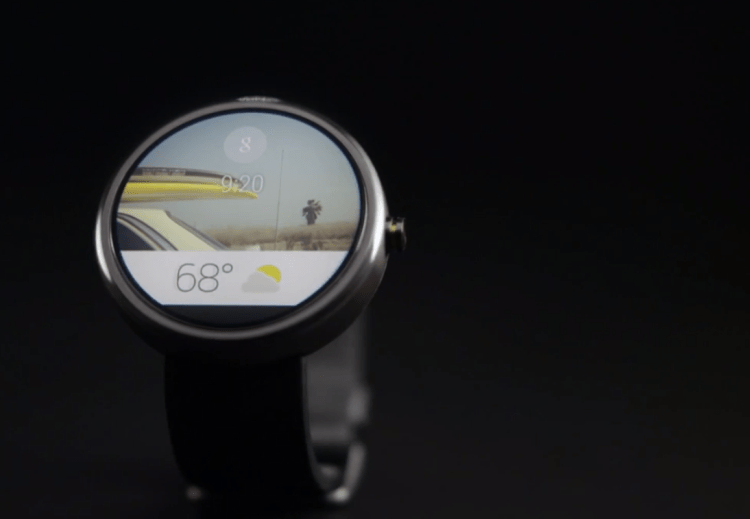Today, Google gave Android devs a peak at the future experiences they’ll be able to design on wearable devices, and it looks downright pleasant. It’s all about simplicity and usefulness.
While Google is initially focusing on watches for its new Android Wear endeavor, the idea is to extend the Android operating system onto many devices. The new developer preview Google announced today provides a taste of the universal experience Google is looking to implement.
The Android Wear software development kit (SDK) and new application programming interfaces (APIs) will launch later this year, Google said. New features will include the ability to create custom card layouts, move data between phones and wearables, display data from sensors, and support voice commands.
The Android Wear developer preview is available now. It includes an app for phones and tablets, sample applications with new APIs, and an option to run Android Wear’s features on an emulator and shoot notifications over to it.
The guide for the preview shows how developers can start to move their apps over to wearables in neat, visually compelling ways.
For now, the preview lets developers incorporate actions for people to take in an app, images to run in the background, and icons to float on screen next to notifications. They can add “pages” for multiple bits of information a person can swipe through horizontally. Alternatively, they can display “stacks” of information to flip through vertically. And the preview lets someone click a button to send a fast message in response to a message from a friend as an alternative to replying in your own words with your voice.
Google splits displays of information for Android Wear into two categories: suggesting and demanding.
Suggesting implies the most typical content a user would be interested in viewing while swiping vertically or horizontally on a device’s screen. For example, a user could breeze through information about a destination, an upcoming trip, and a conversation with a friend. Suggestions like this form a critical piece of the Android Wear experience that Google wants to enable, which boils down to delivering the right stuff at the right time.
Still, a device can’t know everything. So alongside suggestions, there are demands, which stand for tasks a person can proactively call up. Voice commands could initiative these sorts of processes, like setting a timer, requesting a cab, or identifying a song. Still, Google wants to keep interactions to a minimum.
Google offers some best practices to developers on the design front: “Omit needless text from your notifications. Design for glanceability, not reading, Use words and phrases, not sentences. Show, don’t tell: where possible use simple icons, glyphs, and visualizations to convey your message.”
And Google advises developers to only use vibration under urgent circumstances. Anything less critical can just bubble up on the screen without other cues.
For those who learn by watching YouTube videos, Google has furnished a couple of those as well as a new Google+ community. Of course.
Even so, Google doesn’t want all of its hot new Android Wear code appearing just anywhere yet. Developers seeking access to the developer preview must promise not to port over even a drop of it to a device that’s not supported in the Android Wear program:
3.3 You may not use the Developer Preview for any purpose not expressly permitted by this License Agreement. Except to the extent required by applicable third party licenses, you may not: (a) copy (except for backup purposes), modify, adapt, redistribute, decompile, reverse engineer, disassemble, or create derivative works of the Developer Preview or any part of the Developer Preview; or (b) load any part of the Developer Preview onto a mobile handset or wearable computing device or any other hardware device except an Android Wear device, combine any part of the Developer Preview with other software, or distribute any software or device incorporating a part of the Developer Preview.
So long as that doesn’t perturb you, feel free to sign up for the preview here.


